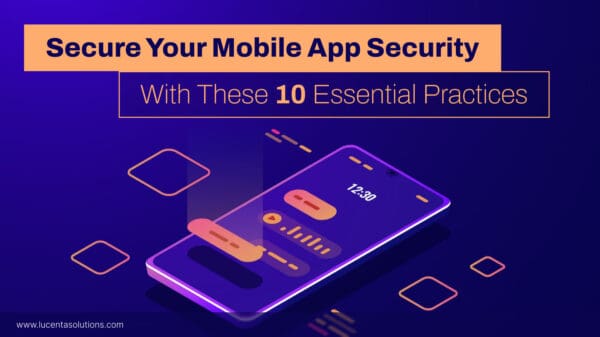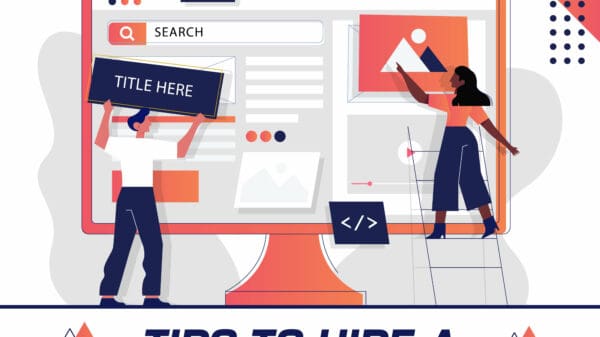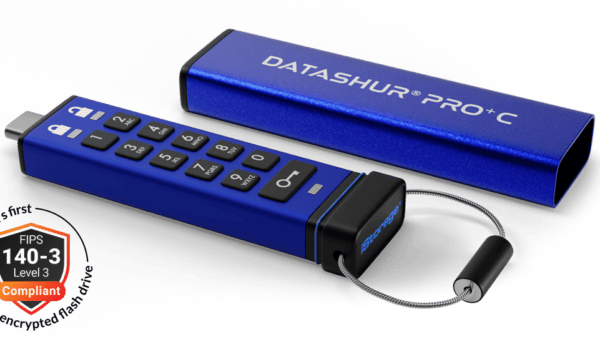Finding the right web and mobile developers for your project is critical in ensuring its ultimate success. If you feel that you’re both on the same wavelength in terms of the desired goals and project direction, then you’re off to a good start. With the rise of online freelancer platforms such as Upwork, Freelancer, and Fiver, it’s becoming increasingly common that you will find and work with developers online. Technology has led to increases in the efficiency and effectiveness of remote working to an acceptable level, however, it is still easy for things to go off the rails if adequate communication is not maintained.
Below is a list of methods that we’ve identified over the years that help customers and developers work together effectively.
1. Provide clear project documentation
Never settle for vague documentation. Your developers might sometimes insist that less documentation is much better, but typically this is not the case, and adequate documentation is key. This documentation serves as a way to synchronize understanding of the project requirements between all parties involved.
2. Be decisive and stick to the plan
Making hundreds of decisions on each interface after the developer has started building it is a very bad idea – this will slow them down tremendously. Deciding on what the interface should look like, such as navigation height, text alignment or amount of text should be determined well before the developer starts coding. Avoid making changes during mid-cycle development as it can be a tedious work restart.
3. Be involved
Don’t just throw your design over the fence and hope for the best that your developers will clearly understand your ideas all throughout. Communication barrier can be overcome by being available and involved. An immediate and clear response will ensure your developers that they are on the right track.
4. Avoid overly complex requirements
Even if you hire a skilled web and mobile developer, complex components are challenging and can be difficult and time-consuming to implement. Simplify overly complex features. You may want to try to break down the project into a smaller individual set of features that can be worked on individually. With this strategy, you can present or demo it immediately for your client to see. This will also help you determine the significance and feasibility of the feature.
5. Set realistic deadlines with target milestones
Create reasonable deadlines that will allow your developers to accomplish the task on time. If you know you agreed to implement the features needed, you must stick to the schedule and plan, or make sure you find out well in advance if the deadlines won’t be met. It’s also a good idea to give yourself breathing space between the deadlines you’ve set for your developers and the deadlines you agree with end-users of your product.
6. Test the project before launching
This is an obvious one but it is surprisingly skipped a lot. Have a dry run and test it the application for yourself. With millions of potential things that can go wrong when writing code, no developer is perfect, ensuring that the requirements are met and the application functions correctly are critical. Don’t blame the developers for buggy codes or a sluggish user interface, help them fix it by articulating the issue to them clearly and concisely.
I will business tips provider.

1 Comment
Leave a Reply
Cancel reply
Leave a Reply
This site uses Akismet to reduce spam. Learn how your comment data is processed.

















































































































































































Amar
September 25, 2017 at 3:52 am
Thank you for sharing, keep it up like this work. Thank you.